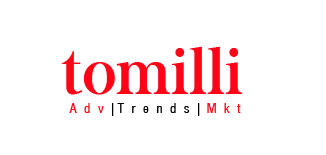Advertisers have ever more options for how and where to buy media. As a result, they often use multiple platforms to deliver a single campaign that may include display ads, video ads, audio ads, connected TV ads, digital out-of-home ads, and more.
There are a few reasons marketers may choose to work with several partners, instead of just one, including access to exclusive inventory or a desire to preserve long-standing vendor relationships. Unfortunately, this splintered marketing approach has created recurring problems, such as overtargeting individual consumers with the same message and losing a unified view of campaign effectiveness. The result is wasted media dollars and a poor user experience.
The good news is that media consolidation is feasible.
The good news is that media consolidation is feasible. These case studies include some specific examples of advertisers who have successfully unified their media-buying approach in ways that have helped them properly cap frequency, preserve a positive user experience, and maintain a single source of campaign data.
Danone increases ad effectiveness by consolidating video ad buys
Global food producer Danone focused on improving its campaign effectiveness and efficiency by eliminating excessive media impressions. It embraced this new strategy after observing a major consumer shift to streaming along with growing concerns in linear TV, including ratings declines and cost increases.
To identify and remove wasted spend, Danone worked with agency Wavemaker to consolidate all video ad buying in Google Display & Video 360 with the goal of increasing campaign effectiveness by reducing frequency.
“Rather than overexposing users across campaigns, we’re able to [identify repeat] impressions and push those impressions out to other users who haven’t seen the ad, ultimately increasing our audience reach,” Kevin Manke, Danone’s senior manager of media and data strategy, told AdExchanger.
Danone estimates that consolidating its video buying activities helped it achieve 20% cost savings while increasing overall ad effectiveness up to 50% for some brands.
Unilever Argentina increases reach by unifying media buys
In addition to increasing efficiency, brands that consolidate their media investments can connect with new audiences in target markets. That’s because improving frequency management offers incremental reach to new consumers by reducing overlaps in ad exposure.
Full note: https://www.thinkwithgoogle.com/marketing-strategies/data-and-measurement/media-consolidation/





